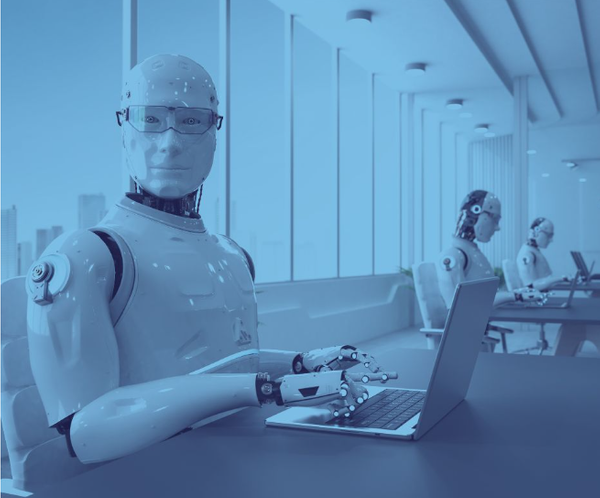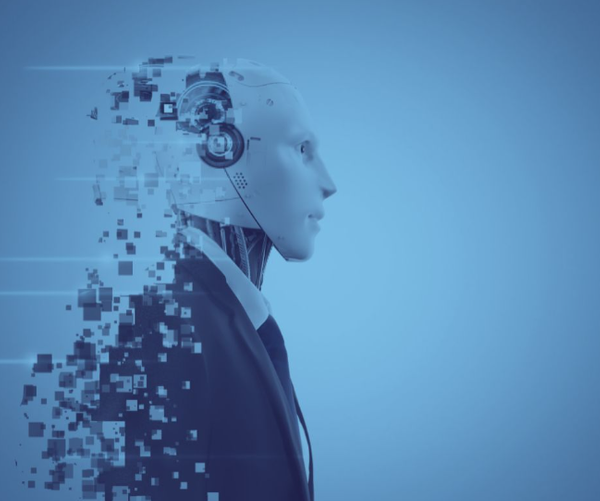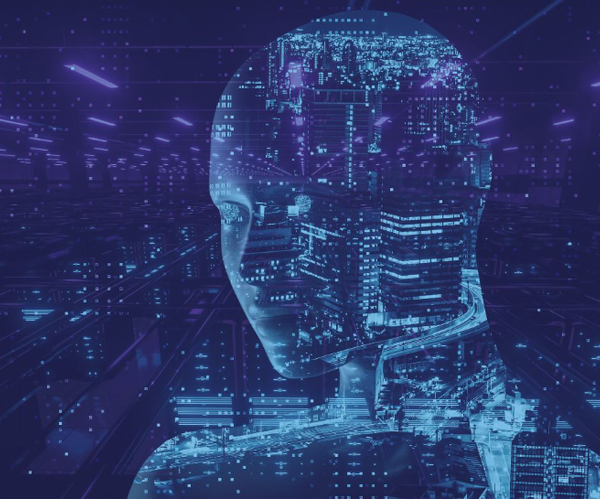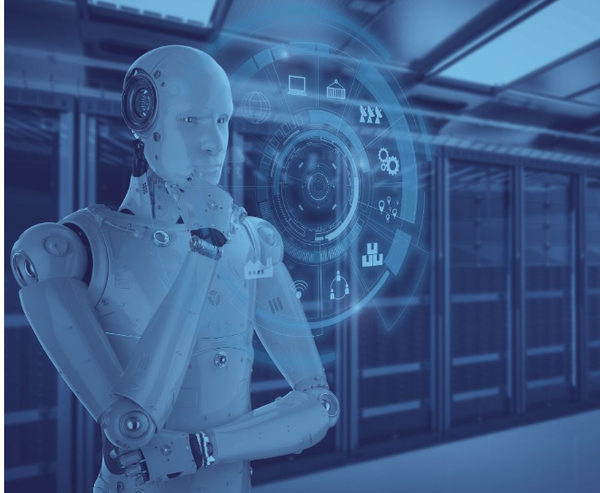What is Robotics in Artificial Intelligence
Follow
https://desema.com/articles/ai/what-is-artificial-intelligence
https://cloud.google.com/learn/what-is-artificial-intelligence
https://csweb.rice.edu/news/ml-models-teach-computer-programs-write-other-computer-programs
https://emeritus.org/in/learn/role-of-artificial-intelligence-and-machine-learning-in-robotics/

What is Robotics In Artificial Intelligence?
Robotics in artificial intelligence is an exciting and rapidly evolving field that combines the power of AI algorithms with physical robotic systems. It involves the integration of intelligent capabilities into robots, enabling them to perceive, analyze, learn, and make decisions in real-time based on the data they receive from their surroundings. This fusion of AI and robotics opens up a world of possibilities, allowing robots to interact with the physical world and perform tasks autonomously.

What Is A Robot?
In regard to AI, a robot is a physical or virtual entity that possesses the ability to perceive, reason, learn, and interact with its environment autonomously or semi-autonomously. AI-powered robots combine intelligent algorithms and computational capabilities with physical embodiments, allowing them to perform tasks traditionally associated with human capabilities.
A semi-autonomous robot is largely self-governing.
Autonomous robots are designed to interact with its environment, with no developer/human involvement, alone, for extended periods of time.

Robot Components
AI-powered robots rely on a variety of technologies and algorithms to enhance their capabilities. These include machine learning, computer vision, natural language processing, sensor integration, and decision-making algorithms. Through these technologies, robots can gather information from their environment using sensors, interpret and analyze that information, and make informed decisions or take appropriate actions.
AI technology used in Robotics
Traditionally, robots were programmed with specific instructions to perform repetitive tasks, often in controlled environments. However, with the advent of robotics in artificial intelligence, robots have become more versatile and adaptable. They are now capable of adapting to dynamic environments, understanding and responding to human commands, and learning from their experiences.
AI-powered robots rely on a variety of technologies and algorithms to enhance their capabilities. These include:
Computer Vision
Machine Learning
Natural Language Processing
Sensor Integration
Decision-Making Algorithms
Memory and Storage
Communication Interfaces
Sensors
Actuators
And more
Through these technologies, robots can gather information from their environment using sensors, interpret and analyze that information, and make informed decisions or take appropriate actions.
What is Robotics in Artificial Intelligence
Computer Vision
Computer vision enables robots to perceive and understand visual information from their surroundings. By using cameras and image processing algorithms, robots can recognize objects, people, and gestures, enabling them to interact and collaborate with humans more effectively. This technology is particularly valuable in tasks such as object recognition, navigation, and even facial recognition.
Machine Learning
Machine learning plays a crucial role in robotics in AI. By leveraging machine learning techniques, robots can learn from their interactions with the environment and continuously improve their performance. They can adapt to changing conditions, optimize their actions based on feedback, and even predict future outcomes. This ability to learn and adapt makes AI-powered robots more flexible and capable of handling complex tasks.
Natural Language Processing
Natural language processing allows robots to understand and respond to human language. This capability enables them to receive commands, answer questions, and engage in meaningful conversations with humans. Natural language processing opens up opportunities for seamless human-robot interaction, making it easier for humans to communicate and collaborate with robots

Complex Event Process
Complex Event Processing (CEP) in robot AI refers to the capability of AI-powered robots to analyze and interpret streams of data from various sensors and sources in real-time, detecting and responding to complex events or patterns. CEP allows robots to make intelligent decisions and take appropriate actions based on the information they receive, enabling them to interact with their environment effectively.
CEP involves processing multiple data streams from sensors such as cameras, microphones, and other environmental sensors. These data streams may contain visual, auditory, or other types of information that the robot needs to interpret and analyze to understand its surroundings. The robot's ability to extract meaningful patterns, detect anomalies, and identify relevant events from this data is vital for effective decision-making and task execution.
Robot Systems vs Artificial Intelligence Programs
The terms "robot systems" and "artificial intelligence (AI) programs" are often used interchangeably. This commonly leads to confusion about their key differences. While they do have some overlapping concepts, the two still represent different facets of technology and serve unique purposes. Here are a few of their key distinctions:
Purely software-based applications
Focused on data processing and reasoning, and decision-making.
Robot systems:
Are physical or virtual entities
Designed for physical interaction with the environment
Require hardware components, such as sensors and actuators
Need software control systems
Understanding these distinctions is crucial in order to appreciate the unique capabilities and applications of both robot systems and AI programs in various fields of technology and industry.
About DeSeMa - AI Cybersecurity
Device and Service Management or “DeSeMa” is an information technology (IT) managed service provider (MSP) and IT staffing agency. Founded by Timothy Mitchell in 2010, we at DeSeMa have a wealth of experience in AI cybersecurity. We have worked with monumental brands like Verizon, Microsoft, Expedia, The United States Department of Defense, and more. We are a reliable source of informative articles on “what is robotics in artificial intelligence” and “what is artificial intelligence.” We appreciate you taking the time today to visit our guild’s blog.
To speak to a real person about your business’ cybersecurity, HIPAA, or other IT needs, fill out a form on our contact page. You may also reach a guild member by phone here.
For job seekers interested in joining our expert association of IT professionals, give us a call today for info on our screening process. “Are you worthy?”
Written By
Ray Elliott is a manager at Cirrus Digital Marketing. He and his team of marketing experts have a combined 10+ years experience in researching and SEO writing within the technology industry. Please contact him in regard to any inaccuracies or questions regarding this article.
